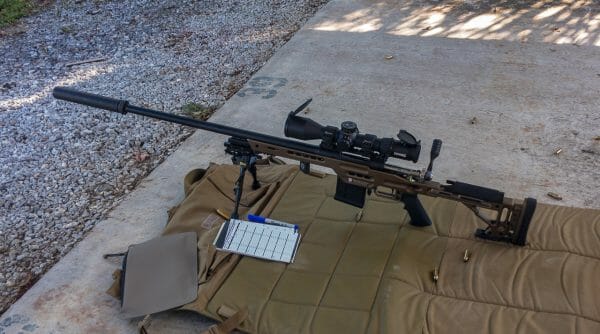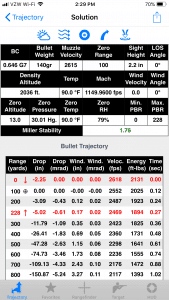Tom McHale schools us on how he builds range logs with precision rifle data for getting on zero when long-range shooting.

USA –-(Ammoland.com)- Not too long ago, we covered the steps for zeroing or sighting in a rifle. Generally done at 50, 100, or maybe 200 yards, that’s only the first step to preparing to shoot at longer ranges. While zeroing verifies that your bullets are impacting at a fixed distance, say 100 yards, calibration goes much further to make sure that your scope, rifle, and specific ammunition are all in sync at farther distances.
Precision Rifle Data

When you zero your rifle at 100 yards, you’ve done a couple of things.
You’ve adjusted your scope to make your specific ammo type hit a certain point on the target when shooting from a certain distance. You’ve also adjusted your scope’s turrets to read “zero” for both windage and elevation. In theory, with that accomplished, you can just dial in distances changes to your scope’s elevation turret and hit a target at some farther distance down range. In theory.
Here’s the problem. While your ballistic computer may be precisely accurate in telling you that exactly 23 clicks will get you on target at some more extended range, that may not happen in reality.
The ballistic computer may be providing incorrect results. Your velocity may not be exactly what you think it was. The actual atmospheric conditions may not be accurately reflected in the computer’s calculations.

